-
How does it feel?
Rosehips have a dynamic taste profile with an initial sweet zing followed by a sour or sharp taste sensation. From a flavour perspective, they could be seen as a native schisandra (a popular Chinese medicine also known as five flavour berry) due to its dynamic taste profile. Rosehip is sweet, sour, salty, aromatic and astringent. As a tea, syrup or tincture – its taste is enjoyed by most, making it a fantastic remedy for all the family.
-
What can I use it for?
 Rosehips are a wonderful and simple foraged food and medicine that can be harvested in autumn and made into a wide range of delicious medicines. Although it is important to note that one must firstly remove the hairy seeds as they are an irritant to the digestive system. The flesh is high in antioxidant compounds, vitamins and minerals making it a truly valuable nutritive tonic. It is thought to be the most potent source of vitamin C found in any fruit or vegetable, hence rosehips are often used in vitamin C supplements.
Rosehips are a wonderful and simple foraged food and medicine that can be harvested in autumn and made into a wide range of delicious medicines. Although it is important to note that one must firstly remove the hairy seeds as they are an irritant to the digestive system. The flesh is high in antioxidant compounds, vitamins and minerals making it a truly valuable nutritive tonic. It is thought to be the most potent source of vitamin C found in any fruit or vegetable, hence rosehips are often used in vitamin C supplements.Rosehips medicinal properties are much attributed to their astringent and antioxidant actions. The tea is also beneficial as a demulcent for treating a sore throat. Rosehip can be an excellent support to the immune system for colds and acute viral infections. They can be used as a preventative throughout the early stages of a virus and to treat the symptoms throughout. Rosehips are also an excellent tonic to help in the convalescence stages of such illnesses.
Their anti-inflammatory effects are useful as part of a supportive approach for rheumatic conditions such as rheumatoid arthritis and osteoarthritis. However, where treating more chronic, life-limiting conditions it is recommended to consult with a professional herbalist. Other uses of rosehips are to treat painful and heavy menstruation.
There is a substantial body of evidence for these applications of rosehip in herbal medicine and also for its applications as a cosmetic antioxidant, anti-ageing and skin healing agent applied topically. Rosehip can be used as a daily tonic which has anti-ageing properties and so many more benefits for systemic health.
-
Into the heart of rosehips
 Energetically, rosehips are sweet and cooling. They also have an interestingly contrasting action upon the tissues. They have both toning, astringent qualities but are also soothing and demulcent.
Energetically, rosehips are sweet and cooling. They also have an interestingly contrasting action upon the tissues. They have both toning, astringent qualities but are also soothing and demulcent.The actions of astringent plants such as those found in the rose family (i.e. lady’s mantle, hawthorn and rose flower) are all valuable for this strengthening effect on the mucous membranes. They have the ability to tone and moderate tension, improving the boundaries between the inner and outer worlds. It is the additional mucilaginous quality of rosehips that also soothes, coats and protects the tissues.
Rosehips effects on the tissues are fairly neutral due to these contrasting actions. This means that it works as an amphoteric to bring balance. This may be applied where there is a loss of tone. Contrastingly it may also be applied where there is an excess in tension which is sometimes indicated by a spasmodic or excited tissue state or by a dry, irritated and inflamed state in the mucous membranes. A herbalist will use rosehip to balance and restore integrity in the tissues.
These actions are also understood to work on our emotional boundaries. Rose has long been associated with the emotional heart and feelings of love. As a herb that works on the emotional heart, rosehip is also understood to bring healing in grief, loss and depressive states. Much like the flowering parts of rose which are also used in herbal medicine. Botanically, rosehip holds a strong thorny boundary of its own.
The holistic understanding of the interconnectedness between the physical and emotional systems indicates that often where there is emotional tension, there is also physical tension. Rosehip (and rose alike) would therefore be a supportive choice to alleviate both. Offering protection in connectivity and appropriate sensitivity between self and other.
In Ayurvedic medicine, there is a different model and understanding of what each organ does and how they connect. Ayurveda has its own unique philosophy and understanding of bodily systems and herbal qualities that have been built up over thousands of years of observation.
There are three doshas: vata, pitta and kapha. Their energies are believed to circulate in the body and govern physical, mental and emotional characteristics. In basic terms, they are described as follows;
- Vata controls basic bodily functions as well as the mind
- Pitta which governs metabolism, digestion and hormones linked to appetite
- Kapha which is responsible for strength and stability, muscle growth, weight and the immune system
According to the Ayurvedic understanding of herbal energetics, rosehip is sour and astringent. This system describes a more warming action and its qualities. In terms of the doshas, rosehip is used to reduce excess vata and raise the qualities of kapha and pitta (10).
-
Traditional uses
 Traditional uses of rosehip in history were based on its astringency. It was believed to strengthen the stomach and alleviate diarrhoea, dysentery, thirst, cough, and spitting of blood.
Traditional uses of rosehip in history were based on its astringency. It was believed to strengthen the stomach and alleviate diarrhoea, dysentery, thirst, cough, and spitting of blood.Nicholas Culpeper a 17th century herbalist and physician stated that ripe hips made into a conserve (a preparation typically made with sugar or honey) would ‘gently bind the belly, and stay the flow of humours, or body fluids from the head upon the stomach, drying up the moisture thereof, and promoting digestion’. He also describes that rosehips were used in a dried, powdered form to break up stones, promote urination, and ease colic.
Mrs Greive, a herbalist of the early 1900’s writes that rosehips ‘were long official in the British Pharmacopoeia for refrigerant and astringent properties’.
The known relationship between human use of rosehips dates back far in history. Remains of its fruits are dated to prehistoric settlements and prove its value to early societies. The writings of ancient Greek physician Hippocrates (460-377 BCE) and Roman naturalist Pliny the Elder (23-79 CE) may be the earliest reference to this plant as ‘the dog rose’. It is thought that it was so named for the belief that it cured the bite of rabid dogs. Roman physician Pliny the Elder in the 1st century told the story of a woman who received a message in a dream. It describes that in the woman’s dream, she was asked to send her son, a soldier, a decoction of wild (dog) rose root. The decoction, known to the Greeks as Cynorrhodon, cured a mad dog’s bite.
-
Traditional actions
Herbal actions describe therapeutic changes that occur in the body in response to taking a herb. These actions are used to express how a herb physiologically influences cells, tissues, organs or systems. Clinical observations are traditionally what have defined these actions: an increase in urine output, diuretic; improved wound healing, vulnerary; or a reduction in fever, antipyretic. These descriptors too have become a means to group herbs by their effects on the body — herbs with a nervine action have become the nervines, herbs with a bitter action are the bitters. Recognising herbs as members of these groups provides a preliminary familiarity with their mechanisms from which to then develop an understanding of their affinities and nuance and discern their clinical significance.
-
Traditional energetic actions
Herbal energetics are the descriptions Herbalists have given to plants, mushrooms, lichens, foods, and some minerals based on the direct experience of how they taste, feel, and work in the body. All traditional health systems use these principles to explain how the environment we live in and absorb, impacts our health. Find out more about traditional energetic actions in our article “An introduction to herbal energetics“.
Western energetics
-
What practitioners say
 Cardiovascular system
Cardiovascular systemRosehips antioxidant properties support and protect the heart and cardiovascular system. They enhance the integrity of the entire vascular system reducing capillary fragility and permeability. Rosehips are used for the long-term treatment of varicose veins and degenerative vascular diseases such as atherosclerosis and hypertension (6).
Immune system
Due to the high levels of antioxidants and nutritive compounds in rosehip, it is used by herbalists to support and strengthen the immune system. It is also an immune moderator, which is one of the ways by which it helps to lower the inflammatory effects of auto-immune conditions such as rheumatoid arthritis (5).
Musculoskeletal
Rosehip has a number of indications for inflammatory conditions in the musculoskeletal system such as rheumatoid arthritis and osteoarthritis. Herbalists use rosehip to reduce inflammation and pain via a moderating effect upon the immune system (2).
Urinary system
Rosehip has diuretic actions which means that it can be used for conditions of the kidneys and lower urinary tract. It is highly antioxidant and also supports blood purification (2). Rosehip is an excellent medicine to support healing in the urinary tract during and after an acute urinary tract infection, providing the infection has been appropriately managed.
Digestive system
Rosehip infusion coats and soothes the mucous membranes due to its mucilaginous properties. The mucilage coats the digestive tract, calming and protecting the digestive tissues after acute stomach illness, antibiotic use, dysentery, or giardia. It also has mild laxative effects (6).
Skin
A topical preparation of rosehip is used for a variety of skin complaints. Research suggests that it can aid in the healing of surgical wounds and ulcers (2). Rosehip also has anti-ageing properties partially due to its antioxidant properties which stop the degradation of skin.
-
Research
 There is a fair amount of available research on powdered rosehip in a standardised extract called Hyben Vital (HV), a product which combines powdered fruit and seeds of rosehip. This efficacy of HV has been well evidenced for the treatment of osteoarthritis (OA), hypercholesterolemia (dyslipidemia), Crohn’s disease, chronic back and musculoskeletal pain, and finally for reducing C-reactive protein (CRP), levels (blood plasma protein that elevates in response to inflammation) (8).
There is a fair amount of available research on powdered rosehip in a standardised extract called Hyben Vital (HV), a product which combines powdered fruit and seeds of rosehip. This efficacy of HV has been well evidenced for the treatment of osteoarthritis (OA), hypercholesterolemia (dyslipidemia), Crohn’s disease, chronic back and musculoskeletal pain, and finally for reducing C-reactive protein (CRP), levels (blood plasma protein that elevates in response to inflammation) (8).Animal studies are not condoned by herbal reality, however for the purpose of including research from which some understanding of therapeutic actions can be confirmed, some animal studies have been included herein. Animal studies are not only unethical but they are also problematic due to their lacking in context against the holistic understanding of human pathophysiology and plant photochemistry.
Anti-inflammatory and antioxidant
A review was carried out on a number of in vitro studies that investigated the effects of different compounds extracted from rosehips. A promising body of evidence is compiled which shows the actions of many compounds found in rosehips such as flavonoids, carotenes, polyphenols and essential fatty acids shows a clear evidence base for anti-inflammation and antioxidant mechanisms in vitro (11). As these in vitro studies focus on extractions presented to cells in a test tube they lack true insight into how biologically complex whole plant extracts work in the human body. It is clear that further clinical trials with larger sample sizes are needed.
Rheumatic conditions
A double-blind placebo-controlled trial was carried out to investigate the effectiveness of rosehip on 89 patients with rheumatoid arthritis. Subjects were randomised to treatment with capsulated rose-hip powder at 5g daily or with a placebo over a period of 6 months. The results show that the rosehip group made significant improvements in various pain measurements as well as parameters that indicate quality of life. The placebo group however, worsened. This indicates that rosehip is effective in treating patients with rheumatoid arthritis (12).
A meta-analysis of randomized controlled trials was carried out on rosehip powder for the treatment of osteoarthritis. Overall, 3 studies were evaluated with a cumulative study group of 306 patients. The studies showed a reduction in pain scores in the rosehip powder group when compared with the placebo group (13).
Skin
During an 8 week double blind study the effects of rosehip powder on skin ageing were investigated. A total of 34 healthy subjects, aged 35-65 years who received the rosehip displayed significant improvements in crow’s feet, wrinkles, skin moisture, and elasticity. The study concludes that rosehip taken internally has several anti-ageing properties (3).
Results showed that rosehip oil significantly promoted wound healing and effectively improved scars. This efficacy might have happened because of accelerating macrophage phenotypes transition to the wound. Macrophages are types of white blood cells that facilitate wound healing, and there are different types that release different chemical signals that facilitate the healing process. Rosehip was shown to increase this mechanism of action. The oil also helped with improving scars as it inhibited the process of epithelial-mesenchymal transition which is a tissue forming process which causes scars (4).
Cardiovascular health
A randomized, double-blind, cross-over investigation was carried out to evaluate the effects of rosehip powder drink (40g powder) on risk markers of type 2 diabetes and cardiovascular disease in obese subjects. A total of 31 obese individuals with normal or impaired glucose tolerance were enrolled. The study results showed that 6 weeks of daily consumption of the rosehip drink resulted in a significant reduction of systolic blood pressure, total plasma cholesterol, low-density lipoprotein (LDL) cholesterol and LDL/HDL ratios. The study concludes that rosehip powder can significantly reduce the risk of cardiovascular disease in obese people through lowering of systolic blood pressure and plasma cholesterol levels (14).
-
Did you know?
Rosehips are the highest known source of bioavailable vitamin C found in any fruit or vegetable.
Additional information
-
Botanical description
Rosa canina is deciduous or semi-evergreen shrubs or scrambling climbers, with usually thorny arching stems bearing compound pinnate leaves and solitary or clustered flowers. It grows rapidly up to 9 feet in height.
Flowers are single or small clusters with five-petals ranging in colour from white to pink appear in June and July and are followed by bright red persistent fruit or pseudo-fruit (hips) in September and October. The actual fruit is the small hairy structure within the hip that contains one seed.
-
Common names
- Hips
- Dog rose
- Dog brier
- Brier rose
- Apothecary rose
-
Safety
Rosehip is a very safe and diverse medicine which can be used by all the family. It can be taken during pregnancy and breastfeeding at the correct dose.
-
Interactions
None known (7)
-
Contraindications
None known
-
Preparations
- Fresh or dried
- Decoction
- Infusion
- Syrup
- Tincture
- Topical: cold pressed or infused oil
-
Dosage
Tincture: Rosehip tincture can be made from fresh or dried material. Fresh (1:2 or 1:3, 70 – 95%) or dry (1:5, 50-60%); either can be taken between 2-4ml up to three times a day.
Decoction: Add 2.5 teaspoons of cut rose hips into around one cup of water and simmer for 10 minutes. Strain off the rosehips and drink unto 3 times a day.
-
Plant parts used
- All parts of the rose plant are used in herbal medicine (apart from the thorny stems)
- Flower
- Fruit
- Seed
- Root
-
Constituents
- Flavonoids: quercetin, rutin, hesperidin, kaempferol.
- Essential fatty acids: linoleic and α-linolenic acids, polyunsaturated fatty acids.
- Polyphenols
- Vitamins: Rosehips are packed full of vitamin C, E and B vitamins (riboflavin, niacin)
- Carotenoids: betacarotene, lutein
- Minerals: phosphorus, potassium, calcium, magnesium, manganese, selenium and zinc
- Fibre
- Pectins
- Volatile oil: a complex mixture of alcohols, aldehydes, ketones, terpenoids, and esters (1, 6, 9)
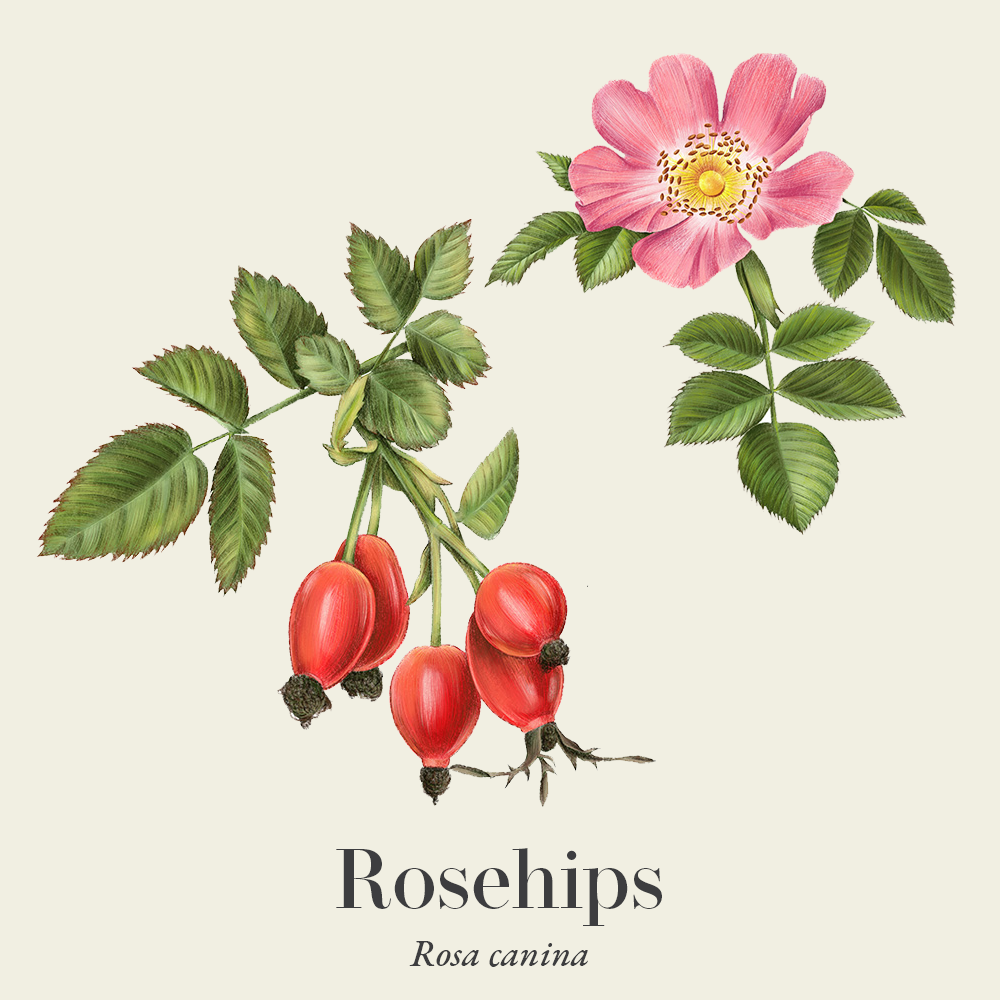
-
Habitat
Rosehips are native to Europe and are the most common Rosa species with the widest distribution in Central Europe. It is most often found in hedgerows, woodland edges and on scrubland.
-
Sustainability

Find FairWild certified producers for rosehips. The commercial supply of Rosehips is obtained primarily from wild-harvested sources in Eastern Europe. According to the IUCN Red List of Threatened Plants Status wild populations of dog rose remain abundant and it is classified as least concern.
Sustainable wild-collection of dog rose fruit requires harvesting in a way that does not destroy twigs and branches. Sustainable herbs program suggests that a minimum of 20% of any individual plants fruits should be left on the tree to facilitate regeneration (8). Controlled cultivation of rosehips along with improved organic agriculture rules in wild harvesting of this species means that for a large majority – the global demand for rosehips can still be met through sustainable production methods.
Habitat loss and over harvesting from the wild are two of the biggest threats faced by medicinal plant species. There are an increasing number of well known herbal medicines at risk of extinction. We must therefore ensure that we source our medicines with sustainability in mind.
The herb supplement industry is growing at a rapid rate and until recent years a vast majority of medicinal plant produce in global trade was of unknown origin. There are some very real and urgent issues surrounding sustainability in the herb industry. These include environmental factors that affect the medicinal viability of herbs, the safety of the habitats that they are taken from, as well as the welfare of workers in the trade.
The botanical supply chain efforts for improved visibility (transparency and traceability) into verifiably sustainable production sites around the world is now certificated through the emergence of credible international voluntary sustainability standards (VSS). Read our article on sustainable sourcing of herbs to learn more about what to look for and questions to ask suppliers about sustainability.
-
Quality control
 Older texts suggest that it is best to harvest rosehips after the first frost. The frost breaks down the cell walls of the fruit, thereby giving you more liquid once the fruit is cooked. However in many places where rosehip grows the first frost is long after fruiting season. The fruits may well rot or be eaten by birds and insects before which time. As a solution, one can simply freeze rosehips for 24 hours to optimise the flavour before using.
Older texts suggest that it is best to harvest rosehips after the first frost. The frost breaks down the cell walls of the fruit, thereby giving you more liquid once the fruit is cooked. However in many places where rosehip grows the first frost is long after fruiting season. The fruits may well rot or be eaten by birds and insects before which time. As a solution, one can simply freeze rosehips for 24 hours to optimise the flavour before using.Herbal Medicines are often extremely safe to take, however it is important to buy herbal medicines from a reputed supplier. Sometimes herbs bought from unreputable sources are contaminated, adulterated or substituted with incorrect plant matter.
Some important markers for quality to look for would be to look for certified organic labelling, ensuring that the correct scientific/botanical name is used and that suppliers can provide information about the source of ingredients used in the product.
A supplier should be able to tell you where the herbs have come from. There is more space for contamination and adulteration when the supply chain is unknown.
-
How to grow
Dog rose is a hardy shrub which is easy to grow. It can take position in full to partial sun placed usually in the middle or back of a garden border or edge.
- It is advised to source a small bare-root plant through a local garden centre. Although a more advanced gardener may grow a rose from seed or more commonly from hardwood cuttings.
- Dog rose is best planted out in autumn but failing that, it can be planted in early spring.
- Place your bare rooted rose directly into a moist but well-drained soil either straight in situ or in a large ceramic pot.
- This species requires little feeding but will benefit from a feed in spring using an organic fertiliser. This will encourage good growth. Choose a fertiliser which is high in potash, such as tomato fertiliser.
- Roses need watering occasionally during the warmer months, particularly in hotter climes.
- To maintain its shape, prune back older stems to around 30cm above ground level, from late autumn to early spring.
-
Recipe
Rosehip syrup
Rosehip syrup is a super popular recipe among herbalists and foragers. It is sweet, zingy, incredibly healthy and easy to make. This recipe uses honey instead of refined sugar. However, sugar can be used instead. To make a syrup using fruiting plant medicines, one must first make a decoction or infusion. Follow the steps below.
Instructions:
- Gather your rosehips or source dried rosehips from your local health food shop or herbalist (the latter will likely be prepared/ de-seeded). Freshly gathered whole rosehips will need deseeding. This is easy enough to do by cutting rosehips in half and gently scooping out the hairy seeds with a spoon. Ensure to remove them all and the tiny hairs as they can be an irritant to the digestive tract.
- Place your processed rosehips in a sieve and give them a rinse after removing the seeds, this will help wash away any tiny hairs that are stuck to the fruit.
- Place rose hips into a pot adding water at a ratio of around one part rose hips – two parts water (1:2). Bring it to a boil, then reduce the heat and simmer for 15-20 minutes, or until the water has reduced by about half.
- Remove the decoction from the heat and leave to cool for 10 or so minutes allowing for that final extraction before straining out the plant material into a sterile bowl. This may be done using cheesecloth (a minimum of 3 layers- to remove any remaining hairs) on top of a fine mesh sieve.
- Take a good look, and if you still see tiny hairs floating around it’s a good idea to strain it once again, maybe with even more layers of cheesecloth.
- Measure the quantity of decoction and then return to a clean pan on very low heat.
- Measure out the honey. Using no less than 3 parts honey to one part decoction (1:3) to effectively preserve your syrup. Stir through the honey until it has fully dissolved.
- If you have a large quantity of decoction, you may simmer it down for a further 20- 30 minutes before adding honey or choose to store some in the freezer. Honey is expensive so it can be worth making up the syrup in smaller batches instead of having litres of it hanging around in the fridge!
- Bottle up your nourishing sweet syrup into sterile glass bottles and store in the fridge. Your syrup should last for up to 6 months.
Dosage:
Adults can take 1-2 tablespoons of rosehip syrup 2-3 times a day as a daily nutritive tonic to support health, though if one is diabetic then high sugar levels should be avoided. It can also be taken at the onset of a cold or flu. Children over age 1 years may take 1 tsp a day and those age 3 and up, 2- 3 tsps a day. Rosehip syrup can also be used in smoothies, as a drizzle over deserts or in cocktails and smoothies. Enjoy!
-
References
- sciencedirect.com. (n.d.). Rose Hip – an overview | ScienceDirect Topics. [online] Available at: https://www.sciencedirect.com/topics/agricultural-and-biological-sciences/rose-hip [Accessed 9 Jan. 2023].
- Restorative Medicine. (n.d.). Rose Hip. [online] Available at: https://restorativemedicine.org/library/monographs/rose-hip/ [Accessed 9 Jan. 2023].
- Phetcharat, L., Wongsuphasawat, K. and Winther, K. (2015). The effectiveness of a standardized rose hip powder, containing seeds and shells of Rosa canina, on cell longevity, skin wrinkles, moisture, and elasticity. Clinical Interventions in Aging, [online] 10, pp.1849– doi:10.2147/CIA.S90092.
- Lei, Z., Cao, Z., Yang, Z., Ao, M., Jin, W. and Yu, L. (2019). Rosehip Oil Promotes Excisional Wound Healing by Accelerating the Phenotypic Transition of Macrophages. Planta Medica, [online] 85(7), pp.563– doi:10.1055/a-0725-8456.
- Winther, K., Campbell-Tofte, J. and Vinther Hansen, A.S. (2016). Bioactive ingredients of rose hips (Rosa canina L) with special reference to antioxidative and anti-inflammatory properties: in vitro studies. Botanics: Targets and Therapy, [online] p.11. doi:10.2147/btat.s91385.
- herbaleducation.net. (n.d.). Rose hips | The Northwest School For Botanical Studies. [online] Available at: http://www.herbaleducation.net/rose-hips.
- (n.d.). Table of herb-drug interactions based on the monographs of ESCOP. [online] Available at: https://escop.com/interactions/.
- herbalgram.org. (n.d.). Dog Rose Hip – American Botanical Council. [online] Available at: https://www.herbalgram.org/resources/herbalgram/issues/111/table-of-contents/hg111-herbpro-rosehip/.
- The Wild Rose Scientific Herbal. Calgary, AB: Wild Rose College of Natural Healing; 1991: 293-295.
- Frawley, D. and Vasant Lad (2016). The yoga of herbs : an Ayurvedic guide to herbal medicine. Delhi: Motilal Banarsidass.
- Winther, K., Campbell-Tofte, J. and Vinther Hansen, A.S. (2016). Bioactive ingredients of rose hips (Rosa canina L) with special reference to antioxidative and anti-inflammatory properties: in vitro studies. Botanics: Targets and Therapy, [online] p.11. doi:10.2147/btat.s91385.
- Willich, S.N., Rossnagel, K., Roll, S., Wagner, A., Mune, O., Erlendson, J., Kharazmi, A., Sörensen, H. and Winther, K. (2010). Rose hip herbal remedy in patients with rheumatoid arthritis – a randomised controlled trial. Phytomedicine, [online] 17(2), pp.87–93. doi:10.1016/j.phymed.2009.09.003.
- Christensen, R., Bartels, E.M., Altman, R.D., Astrup, A. and Bliddal, H. (2008). Does the hip powder of Rosa canina (rosehip) reduce pain in osteoarthritis patients? – a meta-analysis of randomized controlled trials. Osteoarthritis and Cartilage, 16(9), pp.965–972. doi:10.1016/j.joca.2008.03.001.
- Andersson, U., Berger, K., Högberg, A., Landin-Olsson, M. and Holm, C. (2011). Effects of rose hip intake on risk markers of type 2 diabetes and cardiovascular disease: a randomized, double-blind, cross-over investigation in obese persons. European Journal of Clinical Nutrition, 66(5), pp.585–590. doi:10.1038/ejcn.2011.203.


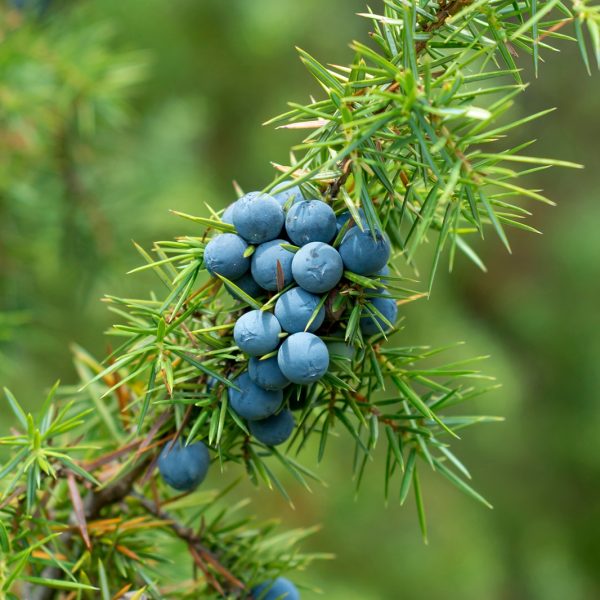












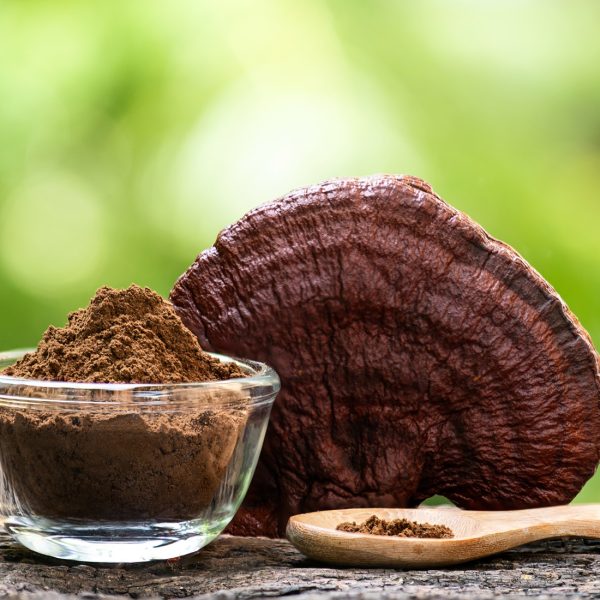

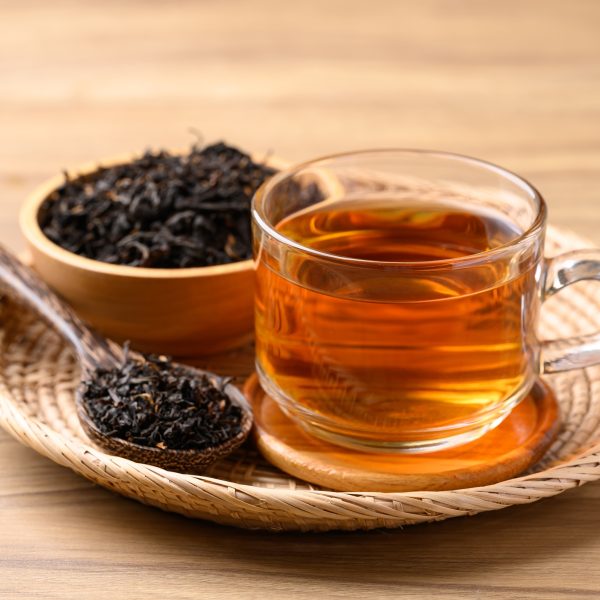
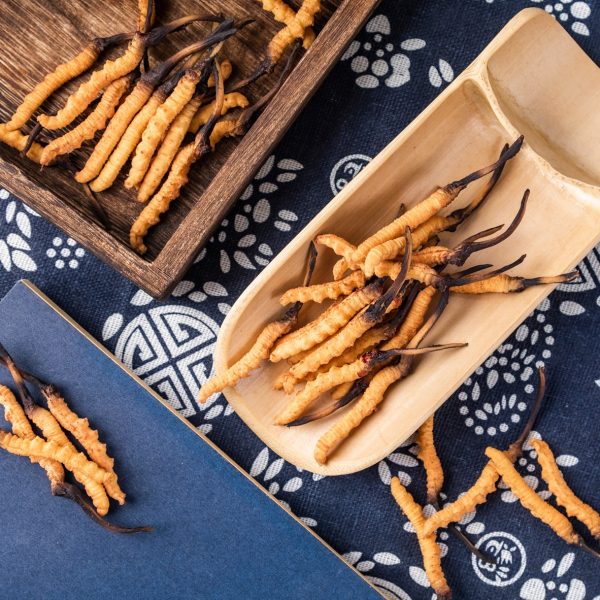









 Rosehips are a wonderful and simple foraged food and medicine that can be harvested in autumn and made into a wide range of delicious medicines. Although it is important to note that one must firstly remove the hairy seeds as they are an irritant to the digestive system. The flesh is high in antioxidant compounds, vitamins and minerals making it a truly valuable nutritive tonic. It is thought to be the most potent source of vitamin C found in any fruit or vegetable, hence rosehips are often used in vitamin C supplements.
Rosehips are a wonderful and simple foraged food and medicine that can be harvested in autumn and made into a wide range of delicious medicines. Although it is important to note that one must firstly remove the hairy seeds as they are an irritant to the digestive system. The flesh is high in antioxidant compounds, vitamins and minerals making it a truly valuable nutritive tonic. It is thought to be the most potent source of vitamin C found in any fruit or vegetable, hence rosehips are often used in vitamin C supplements. Energetically, rosehips are sweet and cooling. They also have an interestingly contrasting action upon the tissues. They have both toning, astringent qualities but are also soothing and demulcent.
Energetically, rosehips are sweet and cooling. They also have an interestingly contrasting action upon the tissues. They have both toning, astringent qualities but are also soothing and demulcent. Traditional uses of rosehip in history were based on its astringency. It was believed to strengthen the stomach and alleviate diarrhoea, dysentery, thirst, cough, and spitting of blood.
Traditional uses of rosehip in history were based on its astringency. It was believed to strengthen the stomach and alleviate diarrhoea, dysentery, thirst, cough, and spitting of blood. Cardiovascular system
Cardiovascular system There is a fair amount of available research on powdered rosehip in a standardised extract called Hyben Vital (HV), a product which combines powdered fruit and seeds of rosehip. This efficacy of HV has been well evidenced for the treatment of osteoarthritis (OA), hypercholesterolemia (dyslipidemia), Crohn’s disease, chronic back and musculoskeletal pain, and finally for reducing C-reactive protein (CRP), levels (blood plasma protein that elevates in response to inflammation) (8).
There is a fair amount of available research on powdered rosehip in a standardised extract called Hyben Vital (HV), a product which combines powdered fruit and seeds of rosehip. This efficacy of HV has been well evidenced for the treatment of osteoarthritis (OA), hypercholesterolemia (dyslipidemia), Crohn’s disease, chronic back and musculoskeletal pain, and finally for reducing C-reactive protein (CRP), levels (blood plasma protein that elevates in response to inflammation) (8).
 Older texts suggest that it is best to harvest rosehips after the first frost. The frost breaks down the cell walls of the fruit, thereby giving you more liquid once the fruit is cooked. However in many places where rosehip grows the first frost is long after fruiting season. The fruits may well rot or be eaten by birds and insects before which time. As a solution, one can simply freeze rosehips for 24 hours to optimise the flavour before using.
Older texts suggest that it is best to harvest rosehips after the first frost. The frost breaks down the cell walls of the fruit, thereby giving you more liquid once the fruit is cooked. However in many places where rosehip grows the first frost is long after fruiting season. The fruits may well rot or be eaten by birds and insects before which time. As a solution, one can simply freeze rosehips for 24 hours to optimise the flavour before using.





